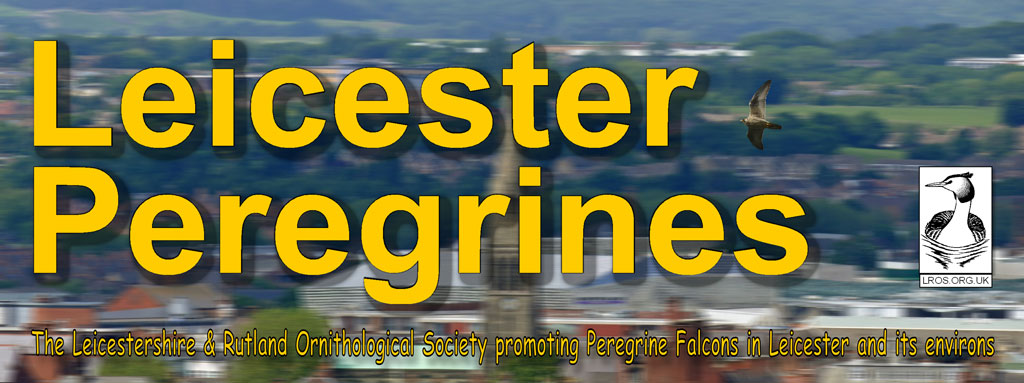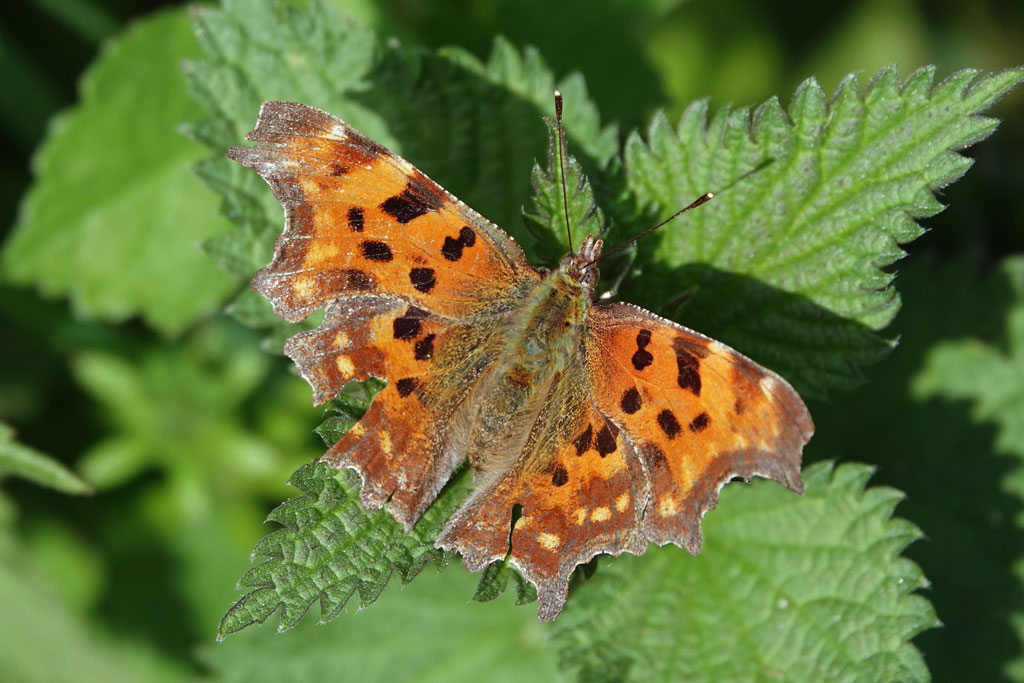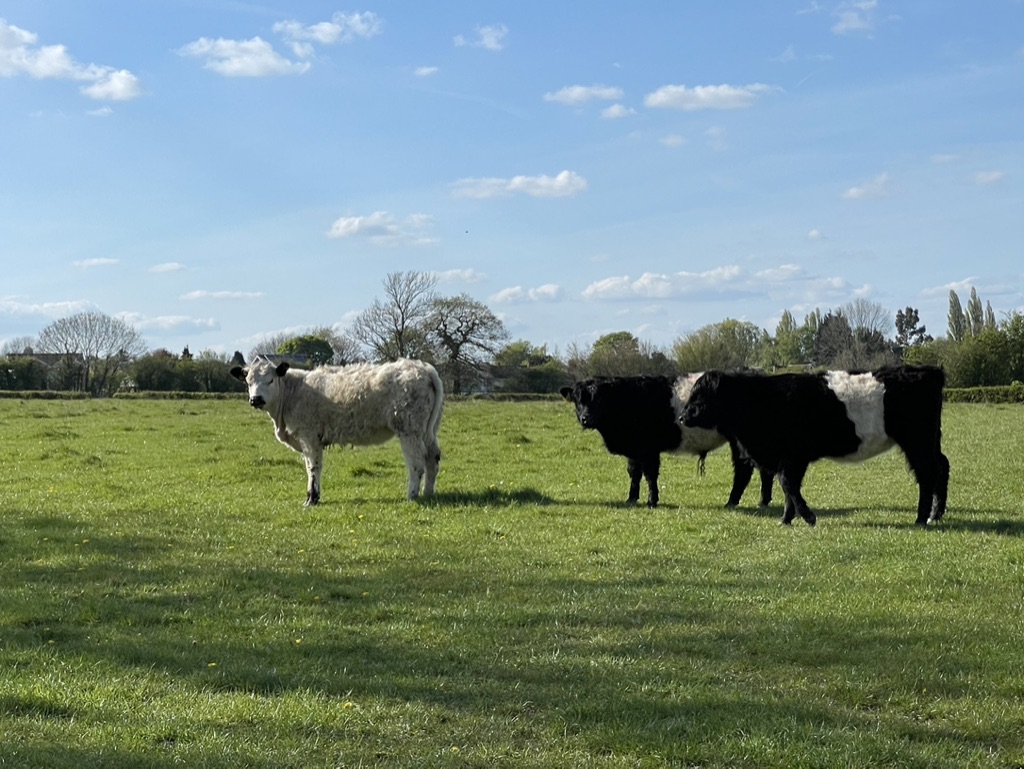Birding the Leicestershire Round
Section 8: Frolesworth to Barwell Sunday 24th April 2022
Participants: Jim, Sue and Andrew
Our good friend and neighbour Andrew is a long-distance walker and runner, used to covering the miles at a reasonable pace. It was a lovely surprise therefore, when he said that he would like to join us for the next two legs of the Round, despite our warnings of frequent stops and starts en route and the snail-like progress that always accompanies the art of birding!
We set off on a sunny, breezy morning from Frolesworth and traversed the fields, rising slightly up hill to a point where we could enjoy wide-sweeping views of the surrounding countryside. Passing Tufted Duck and Coot on a small farm pond, the fluty tones of Blackcap, chips and whistles of Starling and the ever-present chaks of Jackdaw blended with songs of Greenfinch, Chiffchaff, Wren and Linnet. Skylarks presided over an Oilseed Rape field in full flower, complimented by Yellowhammer and Swallow.
Descending to Claybrook Mill, a sudden whoosh of air close by made us turn our heads just in time to catch a glimpse of a Sparrowhawk in pursuit of some unseen prey. A Goldcrest in full song, Chaffinch, Great Tit, Mallard and Pheasant were also present and the habitat here looked good for Kingfisher near the Mill Race, but alas not on this occasion.
The ridge and furrow pasture to Claybrooke Magna hosted several species of butterfly, including Small White, Green-veined White, Orange Tip and Small Tortoiseshell, all taking advantage of the mild, sunny conditions. Onwards to Claybrooke Parva, we caught up with our first Whitethroat of the day, song-flighting from the hedgerows, together with Dunnock and Robin. Several Red-legged Partridge and a Green Woodpecker were also noted in the area.
We then made our way through freshly sown wheat fields to Bumblebee Lane and the High Cross monument marking the intersection of two important Roman roads and the centre of Roman England. Only the base of this monument remains today and a weathered Latin inscription, translated, reads: ‘If, Traveller, you seek for the footsteps of the ancient Romans, here you may behold them. For here their most celebrated ways, crossing each other, extend to the utmost boundaries of Britain’. We paused here for a while and soaked in the history of this area. We were humbled by the great distances covered on foot over the centuries, making our mere eleven and a half miles pale into insignificance by comparison.
Passing a collection of striking Whitebeam trees, their pale green downy leaves contrasting sharply with the surrounding darker foliage, we joined the old Fosseway for the next mile and a half. This was a particularly pleasant stretch of path with Brimstone and Speckled Wood butterflies flitting along the wooded margins, Willow Warbler and Buzzard amongst other species along the way.
At Claybrook Lodge, with a Red Kite circling overhead, our route veered away from that of our Roman ancestors and we headed towards Fosse Meadows, now a formal Country Park with surfaced paths, woods, ponds and grassland. We paused at the bird hides on our way through to observe a familiar array of Mallard, Canada Geese, Moorhen, as well as an apparently disused Sand Martin wall. A worker Wasp grazing on the wooden fence beside the hides distracted us briefly and Comma butterfly was also observed.
Little Grebe was still proving elusive for us, despite our best efforts to see this bird on the Round so far. Further along, a vacant picnic bench beside a woodland ride proved too much of a temptation and we stopped for lunch, enjoying the warm sunshine on our backs. The Sunday crowds and a plethora of dogs prospecting for sandwiches however, soon propelled us into action again and we continued our journey past an abandoned cricket field, a Rookery along the Soar Brook (still no Kingfisher) and into Sharnford.
The cheery sound of House Sparrows signalled our passage through the village, as they had done through every previous settlement. The next port of call was Aston Flamville, but before we got there, we were treated to fine views of a Fox trotting across the fields before it disappeared into a dense thicket by the roadside. We traced an animal track to the opposite side of the road, but the fox did not emerge again while we lingered here. Crossing over the M1, the path took us through a field of nervous Belted Galloways and along a very quiet stretch (birding-wise) to Burbage.
We were very much looking forward to the last section to Barwell which took us through the beautiful area of Burbage Woods and Common. Our timing was perfect for the swathes of Bluebells and Wood Anemones in full bloom and the woods resonated to the sounds of Nuthatch, Song Thrush, Great Spotted Woodpecker, Goldfinch, Robin, Wren, Greenfinch, Blue Tit, Great Tit, Wood Pigeon, Dunnock and Blackbird.
The final stretch led us across a golf course where a myriad of tracks and paths seemed to converge. Many of these were marked with yellow-topped posts, confusingly similar to those of the Golf Course itself, but we failed spectacularly to identify any of them as belonging to the Leicestershire Round despite being armed with OS map and the Leics Round booklet of instructions. After pursuing one particular path past Parkhill Farm, we soon realised that we had strayed about half a mile from the designated route. Fortunately, Andrew came to the rescue with his OS Phone App, we soon got back on track and the rescue services did not have to be deployed!
We re-joined the car at the Red Lion Pub in Barwell, having had a really enjoyable day, despite getting slightly lost at the end and failing to find any new species for the Round. Perhaps we would have better luck next time……..




